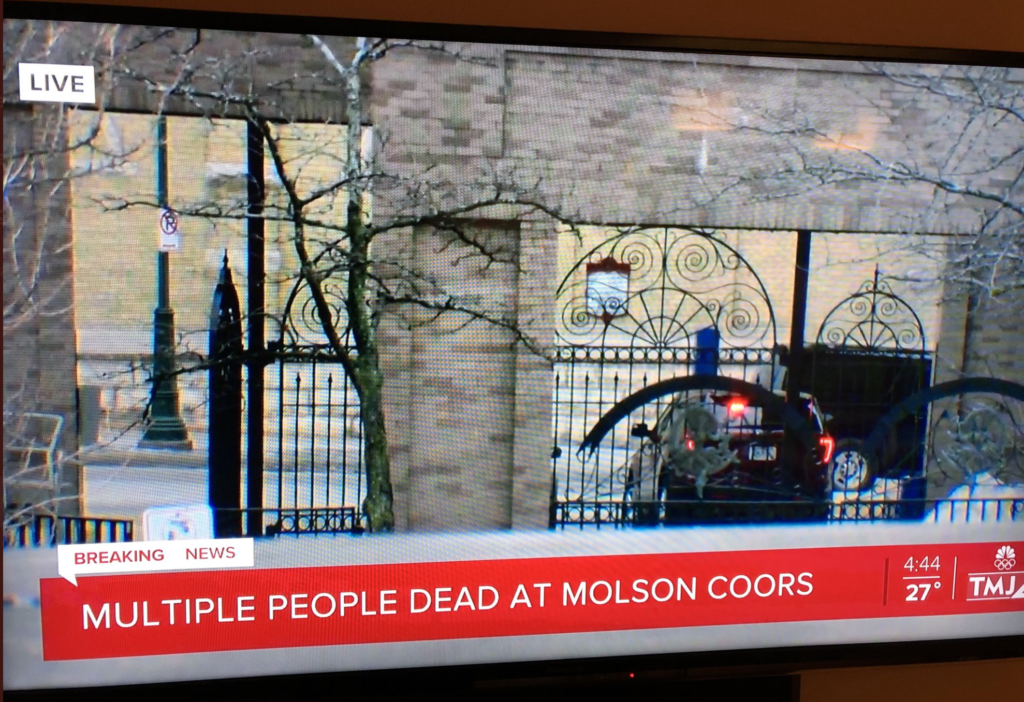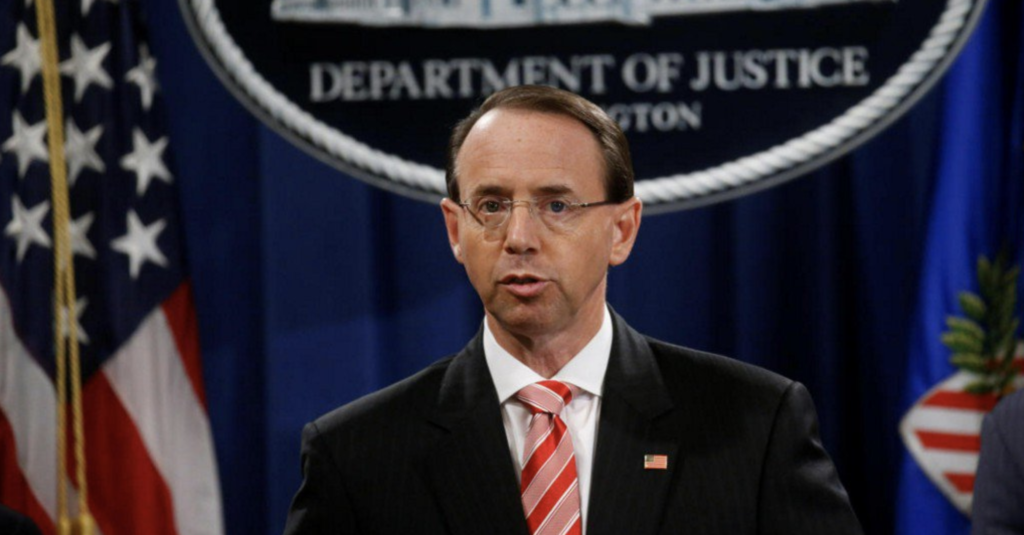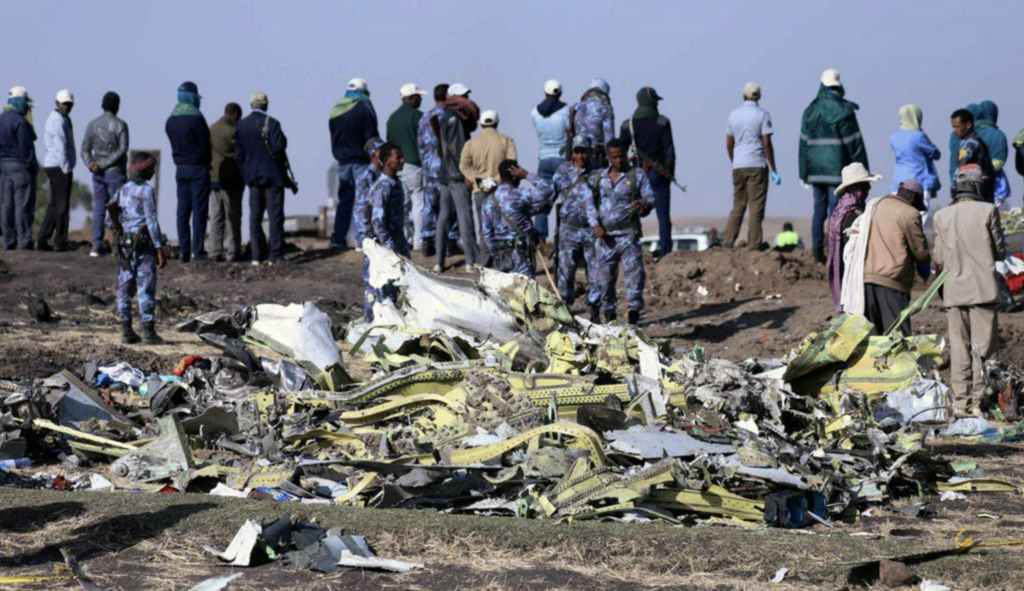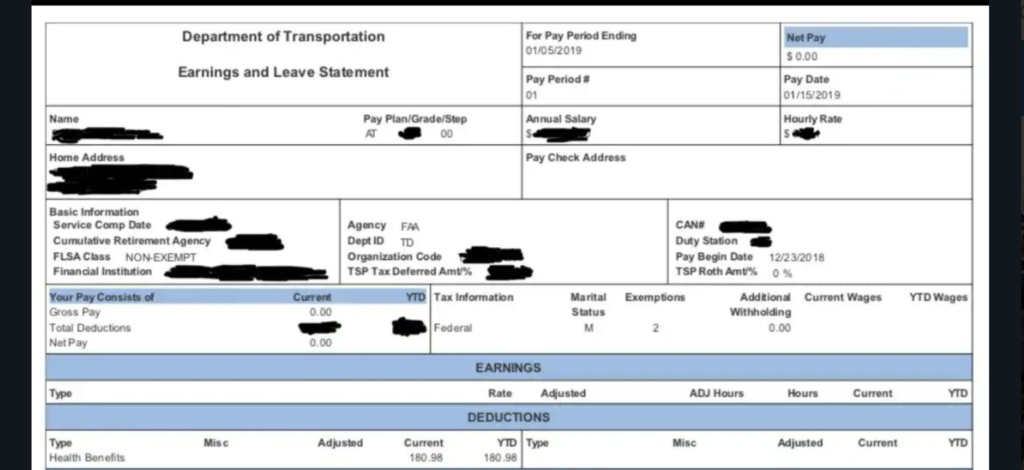New York City Wakes Up To Destruction, Water and Fire Damage
30 Oct, 2012
New York City awakened Tuesday to a flooded subway system, shuttered financial markets and hundreds of thousands of people without power a day after a wall of seawater and high winds slammed into the city, destroying buildings and flooding tunnels.
Scenes of the damage were everywhere. Between 80 and 100 flooded homes in Queens caught fire and were destroyed. A hospital removed patients on stretchers and 20 babies from neonatal intensive care, some on respirators operating on battery power.
Sidewalks, streets and subways usually bustling with crowds and traffic jams were largely empty. And high above midtown, the broken boom of a crane continued to dangle precariously over a neighborhood.
“Oh, Jesus. Oh, no,” said Faye Schwartz, 65, Tuesday morning as she surveyed the damage in her Brooklyn neighborhood, where cars were strewn like leaves, planters were deposited in intersections and green Dumpsters were tossed on their sides.
The storm was once Hurricane Sandy but combined with two wintry systems to become a huge hybrid storm whose center smashed ashore late Monday in New Jersey. New York City was perfectly positioned to absorb the worst of its storm surge – a record 13 feet.
At a darkened luxury high-rise building called the William Beaver House in Lower Manhattan, resident manager John Sarich was sending up porters with flashlights up and down the 47 flights of stairs to check on residents.
He said most people stayed put despite calls to evacuate. One pregnant woman in the building started having contractions, and Sarich said that before the power went out, he nervously researched how to deliver a baby on the Internet.
“I said, `Oh boy, I’m in trouble,'” Sarich said. The woman managed to find a cab to take her to a hospital.
Uptown in Chelsea, the city’s thriving gallery district was under waist-high water the night before.
Reggie Thomas, a maintenance supervisor at a prison located within striking distance of the overflowing Hudson River, emerged from an overnight shift there, a toothbrush in his front pocket, to find his 2011 Honda with its windows down and a foot of water inside. The windows automatically go down when the car is submerged to free drivers. It left his car with a foot of water inside, and unable to start.
“It’s totaled,” Thomas said, with a shrug. “You would have needed a boat last night.”
The city’s transit system suffered unprecedented damage, from the underground subway tunnels to commuter rails to bus garages, the Metropolitan Transportation Authority said Tuesday.
“We have no idea how long it’s going to take,” spokeswoman Marjorie Anders said.
All 10 subway tunnels between Manhattan and Brooklyn were flooded during the storm, as the saltwater surge inundated signals, switches and third rails and covered tracks with sludge, she said.
The entire system wasn’t flooded and the authority was already pumping water Tuesday. Workers ultimately will have to walk all the hundreds of miles of track to inspect it, she said, and it wasn’t clear how long that would take. Trains had been moved to safety before the storm.
The 108-year-old subway system “has never faced a disaster as devastating as what we experienced last night,” Chairman Joseph Lhota said in a statement.
Water lapped over the seawall in Battery Park City, flooding rail yards, subway tracks, tunnels and roads. Rescue workers floated bright orange rafts down flooded downtown streets, while police officers rolled slowly down the street with loudspeakers telling people to go home.
“We knew that this was going to be a very dangerous storm, and the storm has met our expectations,” Mayor Michael Bloomberg said. “This is a once-in-a-long-time storm.”
In Queens, nearly 200 firefighters tried to contain an enormous blaze that consumed more than 80 homes in the Breezy Point neighborhood. They had to use a boat to make rescues and climbed an awning to reach about 25 trapped people, firefighters told WABC-TV.
Officials weren’t immediately able to pin down the cause of the blaze.
On Staten Island, a tanker ship wound up beached on the shore.
Water surged into two major commuter tunnels – the Brooklyn Battery and the Queens Midtown. Water coursed into one of the Long Island Rail Road’s East River tunnels, the railroad’s West Side yards had to be evacuated. At least 40 LIRR stations had no power Tuesday.
The rains and howling winds left a crane hanging off a luxury high-rise in midtown Manhattan, causing the evacuation of hundreds from a posh hotel and other buildings. Inspectors were climbing 74 flights of stairs to examine the crane hanging from the $1.5 billion building.
After a backup generator failed, New York University’s Tisch Hospital began evacuating more than 200 patients to other facilities, including 20 babies from neonatal intensive care, some of them on respirators operating on battery power.
Without power, the hospital had no elevator service, meaning patients had to be carefully carried down staircases and outside into the weather. Gusts of wind blew their blankets as nurses held IVs and other equipment.
About 670,000 homes and businesses were without power late Monday in the city and suburban Westchester County.
In Schwartz’s Brooklyn neighborhood of Red Hook, residents who ignored a mandatory evacuation order awoke to debris-strewn streets and a continued blackout. About 2 inches of mucky dirt and leaves covered streets crisscrossed by downed power lines after water sloshed 12 blocks inland.
The doors of the Fairway grocery store were blown out. Several cars left in the parking lot were shifted by flood waters overnight and were left crammed door to door.
Schwartz and her husband rode out the storm on the third floor of the residences above the Fairway and said white-capped flood waters reached at least 3 feet around the building.
“It was scary how fast the water came up,” she said.
The facade of a four-story Manhattan building in the Chelsea neighborhood crumbled and collapsed suddenly, leaving the lights, couches, cabinets and desks inside visible from the street. No one was hurt, although some of the falling debris hit a car.
The city shut all three of its airports, its subways, schools, stock exchanges, Broadway theaters and closed several bridges and tunnels Monday as the weather worsened. By evening, the storm surge was threatening Manhattan’s southern tip and utilities deliberately darkened part of the borough to avoid storm damage.
It could be several days to a week before all residents who lost power during the storm get their lights back, officials said.
On Tuesday, the New York Stock Exchange was to be closed again – the first time it’s been closed for two consecutive days due to weather since 1888, when a blizzard struck the city.
At least 1 million customers lost power in New York City, the northern suburbs and coastal Long Island, where floodwaters swamped cars, downed trees and put neighborhoods under water.
At least six people were killed in New York, most by falling trees. The dead included two boys, ages 11 and 13, who were killed when a tree fell on a home in suburban Westchester County.
On coastal Long Island, floodwaters swamped cars, downed trees and put neighborhoods under water as beachfronts and fishing villages bore the brunt of the storm. A police car was lost rescuing 14 people from the popular resort Fire Island.
Associated Press
Mentioned In This Post:
1 Comment
-
November 08, 2012
I needed to thank you for this good read!! I absolutely
loved every bit of it. I’ve got you book marked to look at new stuff you post…
About the author
Related Posts
-

Anti-Lockdown Protests Are A Thing Now
-

Coward With A Gun Kills 5 at Work
-

Looks Like Trump Broke The Law
-

The Impeachment is On!
-

White House Survivor Claims Another Advisor
-

That's It, I'm Outta Here
-

157 Souls Lost. We Need Answers, Boeing!
-

The Clap Hear Around the Internet
-

Trump Bends The Knee! The Shutdown is Over
-

Longest Shutdown In History. Great Job America.










